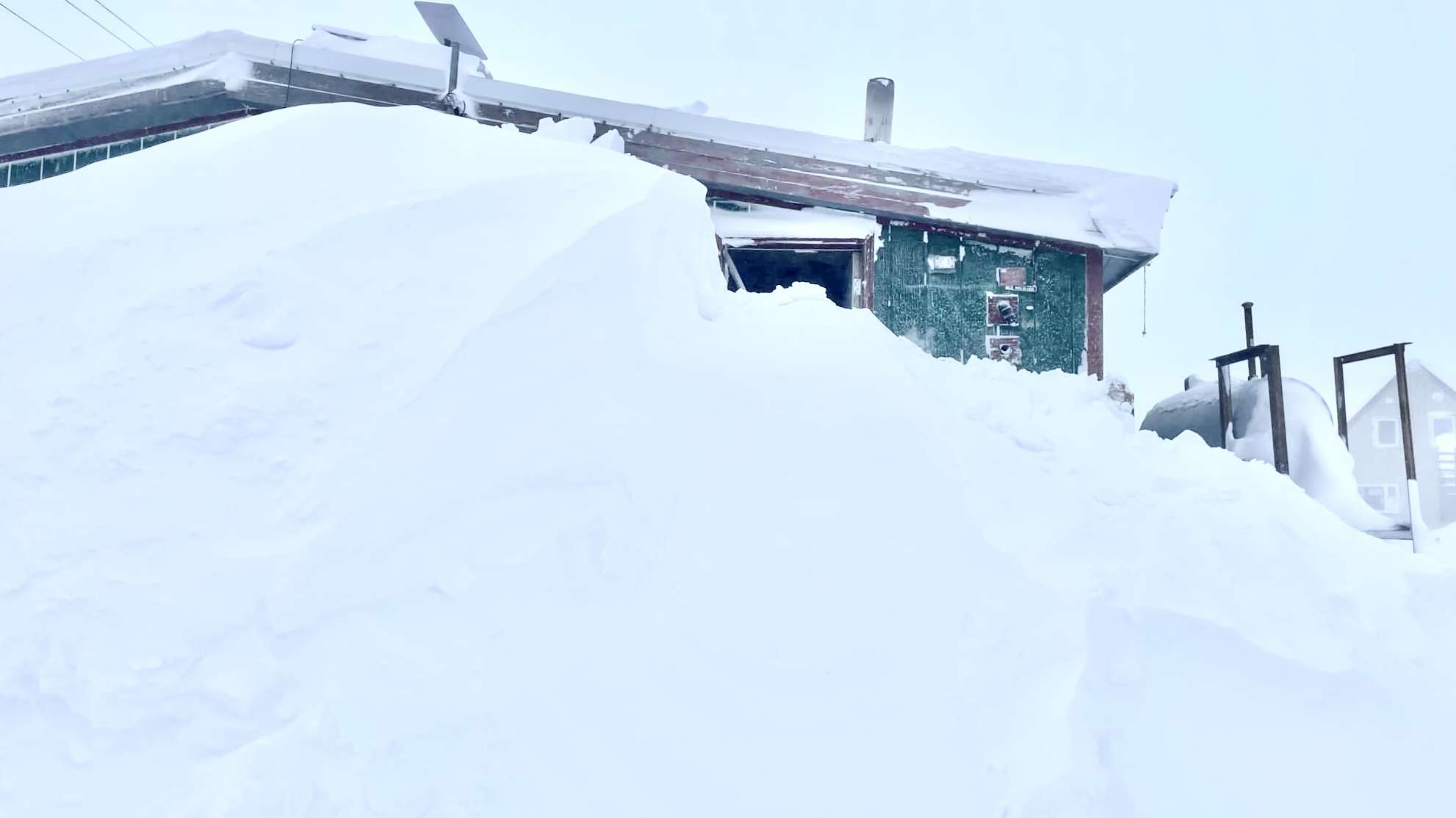Far from the city streets, beneath the weight of a world buried in snow, we return to the rhythm of the storm’s aftershocks. The blizzard, a ghost that howled through the night, left its mark—drifts that swallow doorways, whispers of wind frozen in time. It’s not the snow that stops us; it’s the stillness that follows. The silence after the storm is a language we know well, a call to rise, to sweep the earth clear again.
Shovels bite into the frozen silence, carving paths where there were none, as we stitch the landscape back together, one flick of snow at a time. This is not a chore; this is home. A place where the storm doesn’t just pass; it teaches us how to breathe beneath the weight, how to find each other buried in the white, how to survive the blizzards and carry on.
It’s just the way it is here—sifting through the snow, pushing back the cold, and finding warmth in the spaces between the drifts.





